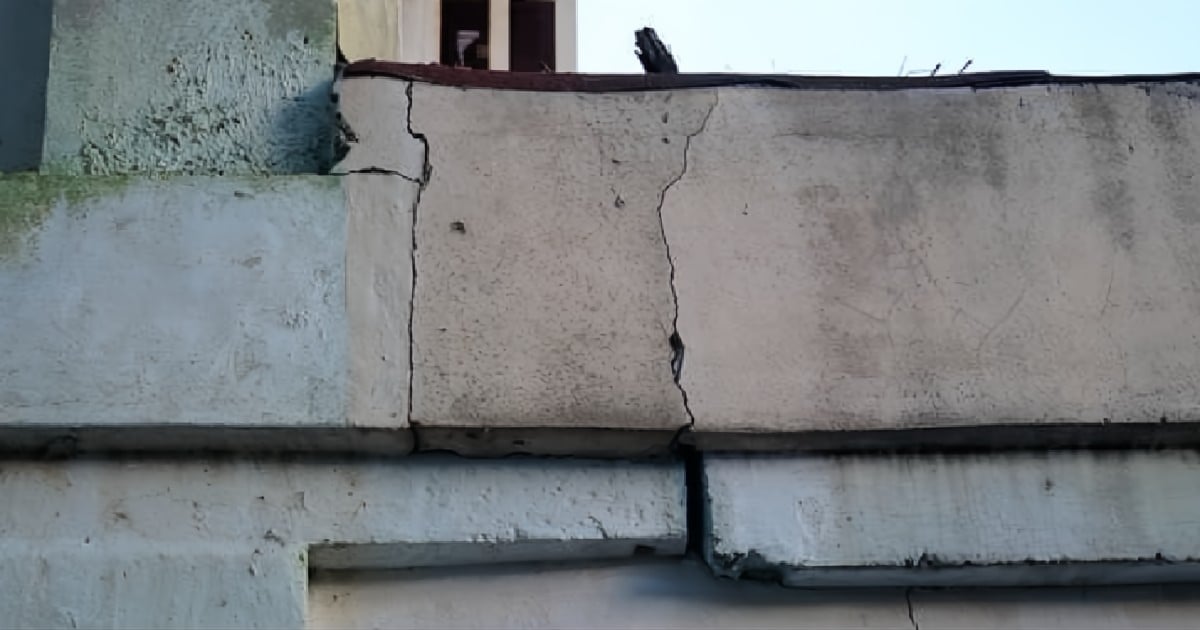The National Center for Seismological Research (CENAIS) announced this Saturday that more than 3,600 aftershocks have been recorded following the earthquakes that struck southeast of the Pilón municipality in Granma province on Sunday, November 10. "Since the earthquake of 6 and 6.7 magnitudes on 11/10/24, a total of 3,648 aftershocks have been documented, with 97 likely felt by residents," stated CENAIS in its Saturday report.
The report highlights that the most significant aftershock occurred at 1:29 p.m. with a magnitude of 3.9 in the Dominican Republic region. In contrast, the Pilón-Chivirico area experienced 478 tremors with magnitudes ranging from 0.5 to 3.3. Currently, Cuban authorities have reported ten injuries and damage to at least 3,752 structures due to these natural events.
Impact on Granma Province
During a session of the National Defense Council, attended by leader Miguel Díaz-Canel, it was revealed that the injuries and most of the structural damage are concentrated in Granma province. Luis Rojas Yero, the technical deputy director of the Granma Provincial Housing Directorate, informed the newspaper La Demajagua that there have been 513 partial collapses, with 54 being total collapses, 38 complete roof failures, and 313 partial roof collapses.
The municipality of Pilón reports the highest number of affected homes, totaling 830, followed by Campechuela with 759, Bartolomé Masó with 663, Buey Arriba with 445, Media Luna with 337, and Manzanillo with 248 damaged houses. Other areas report fewer damages.
Evaluating Future Risks
According to architects and specialists, studies are underway in coastal areas to assess soil viability for housing construction and the potential risks when events like the November 10 earthquakes occur, as noted by the news portal.
